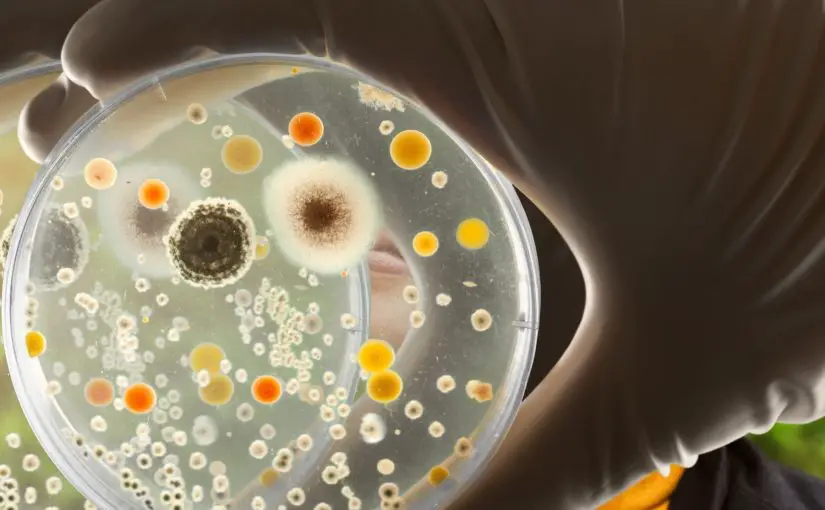Table of Contents
Are There Any Disadvantages to Using a Humidifier?
In short, yes there can be some potential downsides to using a humidifier. However, most risks can be avoided with proper maintenance and care.
Humidifiers work by increasing moisture levels in the air. This can help relieve issues caused by dry indoor air, such as static electricity, dry skin, sinus congestion, and more. But adding moisture also comes with some possible drawbacks that should be considered.
According to the EPA, the main potential risks of humidifiers include:
| Mold growth | Dispersing minerals into the air |
| Bacteria buildup in stagnant water | Noise |
| Child safety hazards | Hard water residue |
However, the EPA notes these risks can generally be avoided by following manufacturer instructions for cleaning and maintenance. Let’s look at each potential disadvantage in more detail:
| A New Generation of Humidifiers That Clean the Water as they Humidify.
PureGuardian H5450BCA Ultrasonic Warm and Cool Mist Humidifier UVC |
 |
Mold and Mildew Growth
One of the biggest concerns with humidifiers is increased mold and mildew growth. Mold spores thrive in damp environments. So if a humidifier raises moisture levels too high, it can create ideal conditions for mold.
The EPA recommends keeping indoor humidity under 50% to discourage mold growth. Anything over 60% for an extended time risks major mold issues. Using a hygrometer to monitor humidity levels is advised.
To help prevent mold with a humidifier:
- Don’t over-humidify rooms
- Change water daily
- Clean and dry tanks thoroughly
- Use distilled or filtered water
- Don’t let moisture build up on surfaces
- Check for leaks or standing water
Dust and Mineral Dispersion
Some humidifiers, especially ultrasonic and impeller types, can disperse minerals and dust into the surrounding air. This includes naturally occurring mineral dusts.
As the humidifier vaporizes water, small mineral particles get released. Using filtered or distilled water instead of tap water can help reduce this effect.
 Bacteria Buildup in Stagnant Water
Bacteria Buildup in Stagnant Water
Stagnant water left sitting in a humidifier tank can breed bacteria and microorganisms. These then get blown out into the air by the humidifier.
To prevent bacteria growth:
- Change water daily
- Disinfect tank weekly
- Don’t let water sit for long periods
- Follow cleaning instructions
Noise
Some types of humidifiers, especially ultrasonic and impeller models, can produce bothersome white noise. This sound is created from high frequency vibrations that turn water into a mist.
The humming or buzzing may disrupt sleep if the humidifier is used in a bedroom. Look for units specifically designed to be ultra quiet or whisper silent.
Hard Water Residue
Hard water containing minerals like calcium and magnesium can leave behind white dust or scale around humidifiers. As the water evaporates, the minerals are left behind.
This harmless but unsightly residue can spread through the air. Ways to prevent it include:
- Use distilled or filtered water
- Use demineralization filters or cartridges
- Clean with vinegar or descaling solutions
Child Safety Concerns
Humidifiers can pose some risks to children if used improperly:
- Burns: Hot steam vapors from warm mist models can cause burns if touched directly.
- Tipping: Rowdy play may cause a floor unit to tip and spill. Place on sturdy surfaces out of reach.
Properly supervise children around humidifiers and keep floor units on low, sturdy surfaces.
Other Considerations When Choosing a Humidifier
To find the right humidifier and minimize risks, keep these factors in mind:
- Size and intended coverage area
- Noise levels, especially for bedroom use
- Convenience – how easy to fill, clean, and maintain
- Type of humidifier: warm or cool mist, evaporative, ultrasonic, etc.
- Any smart features like humidity sensors or auto shut-off
Also look for models with:
- Automatic shut off when empty
- Leak protection or overflow prevention
- Tip over protection
- Timer and humidity settings
- Antimicrobial materials that inhibit mold
Proper Care Is Key
While the potential risks may seem concerning, the key is proper maintenance and care of your humidifier.
Be sure to:
- Read all instructions and safety guidelines
- Change water daily or every few days max
- Rinse and scrub tanks to remove film
- Disinfect tanks weekly with bleach solution
- Dry out humidifier between uses
- Use filtered or distilled water
- Monitor humidity levels with a hygrometer
- Clean and replace filters regularly
With regular cleaning and care as directed, you can minimize any risks and safely enjoy the benefits of humidifier use.
The Bottom Line
There are some potential downsides to be aware of when using a humidifier:
- Mold growth in damp environments
- Dispersing minerals and dust into the air
- Bacteria buildup in stagnant water reservoirs
- Noise from some models
- Hard water residue
- Safety concerns around children
However, diligent cleaning, filtered water, monitoring humidity levels, and general precautions can minimize any risks.
While no device is risk-free, humidifiers can safely and effectively relieve the problems caused by dry air when used properly. With some care and maintenance, you can unlock all the benefits of humidifier use for your home or office.








